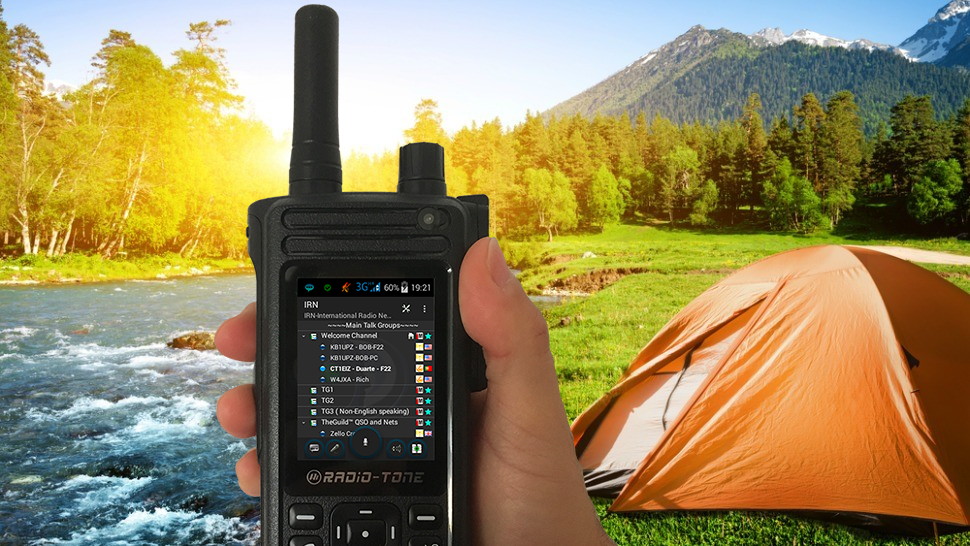
For some years now, the hobby of Amateur Radio has faced a looming existential crisis.
A little history
In the early days of radio technology, Amateur Radio was a hobby very much for experimenters, people on the cutting edge of technical RF technology. They broke new ground and paved the way for commercial operators and broadcasters to make the most of the RF spectrum. Unsurprisingly, many early Hams were involved in the founding of such organisations as the BBC.
Following the pivotal roles played by radio communicators from 1939-1945, the hobby saw a post-war bulge in numbers, augmented by many ex-servicemen from various signals regiments.
In that era, one of the great attractions of Ham Radio was building and testing one’s own equipment plus the ability to communicate with people on the other side of the world. Most who joined had had experience in electronic construction and in using Morse Code, so the entry requirements to the hobby were not perhaps as insurmountable as they later came to be viewed.
The late 1950s and 1960s saw the emergence of Japanese HF Radios, which in themselves began to give birth to the rise of the so-called “appliance operator”, though home construction still flourished.
The rise of Pirate Radio stimulated many to get into the hobby too, some through dubious means – it was not uncommon for local Medium Wave Pirate stations to appear on air playing pop music and inadvertently wander into the Amateur Top Band allocation, where they were met with a mixture of bewilderment and encouragement to “get a proper licence!” Many did.
In the late 1970s and early 1980’s the CB craze contributed to a further bulge of interest, probably the largest in the hobby’s history, yet not welcomed by many established amateurs to be absolutely honest, but that’s dissipated now too.
Since the 1990’s Amateur Radio has been struggling to find its new identity, especially in the multi-connected 21st Century. It has dropped the Morse requirement, made the exam entry route into the hobby more “palatable”, but still, social media is more accessible, addictive and the internet takes up a lot of people’s spare time.
Who is coming into the hobby?
A lack of younger people (and by that, we can probably count the under 40s!) coming into the hobby, coupled with the perceived “threat” of the Internet being able to accomplish a lot of what Radio used to, have together conspired to reduce the numbers of people interested in Ham Radio.
The newcomers to our hobby are frequently the so-called “empty-nesters” – people who are in their 50s or older. They have the time (and the money!), now the kids have left the nest, to revisit that “radio hobby” which they remember but never got around to playing with in their younger years.
There are a few youngsters as well, but my observation is that they mainly have a family member who is already licensed, so they have support, encouragement and often equipment, at home.
Problems, problems…
There are a lot of issues related to getting new blood into Ham Radio.
Probably the biggest issue today is that people have not experienced the “magic” of radio as those of us who are older have done. I can remember vividly slowly tuning across the 31m broadcast band as a 7-year-old and hearing the strange interval signals and fading voices from far-away lands. That inspired me with a love of radio which I have never lost. Most of you reading this will probably relate to something similar to that and will have an experience of your own which sparked off your first interest.
However in 2018, there is no longer any “magic” in these kind of signals – especially when you can instantaneously send and receive colour video from the other side of the world on a hand-portable device!
“What’s the knob for?”
I was alerted to this sea-change in an unusual way many years ago, when my stepson’s 17-year-old girlfriend came into my radio room and asked what I was up to. I explained I was using radio to communicate around the world and I tried to enthuse her about what I was doing.
She asked what the big round thing on the large radio was – it took me a while to realise she was referring to the radio’s main tuning dial!
I explained further and then she asked “What do you need that for? Don’t you just press a button then?”
It was then I realised that most people these days have grown up thinking that radio is either something you “get on your phone” or something that has preset buttons that simply program themselves. Even the concept of “tuning a signal in” is now lost to most of the current generation!
How do we get people in then?
Be more relevant perhaps? Most under 50s (and plenty of over 50s too!) are these days besotted with their mobile devices and internet connectivity, social media and the like. Am I alone in thinking this is something we could and should harness to interest people in our hobby more?
Network Radios can help…
So where do Network Radios come into this?
- They represent new technology crossing into our hobby
- They plug into people’s existing interests (phones/tablets etc.)
- They are a hybrid connected device – part phone, part computer, part PTT device
- They make it much easier to use some of the PTT based software that is already available
- They are SDRs in every sense of the acronym
- They are 21st century technology that people would arguably not mind being “seen” with (this latter point does seem important to today’s generation!)
…especially coupled with useful apps
Zello is a great starting point.
Part social media, part PTT Radio, it has garnered a following around the world. With the ability to PTT one-to-one or one-to-many, it is especially of interest to folk wanting to set up groups or communities of like-minded people.
In Germany, for example, the “Zello Funk” (translates as “Radio Zello”) community operates like a mini-Ham-Radio parallel universe!
You can join (for free of course – no “exams” to take) you can request a callsign (e.g. ZF839) which you are encouraged to use on the network (though it is not mandatory) and away you go.
There are nearly 5000 “PTT enthusiasts”, for want of a better phrase, who have joined the Zello Funk community alone and there are 8 Zello Funk groups to talk in.
These folk are a mixture of Hams, CB-ers, 446-ers, Truckers, Housewives, Workers, in other words, pretty much ordinary people of all ages, background and gender – however they share an enjoyment of PTT communications.
All the groups are kept on track by a large committed group of moderators who keep a close eye on how the groups are policed; members can be blocked from tx-ing, kicked off altogether, but, and let this sink in… …they even have their own under-16’s channel!
Imagine that in Ham Radio at the moment? I fear that most radio clubs would not know what to do if even one youngster turned up to a meeting, or even on air…
And there’s more…
Zello has plenty of English-speaking groups that Hams could get involved with (perhaps not as organised as Germany’s Zello Funk yet) which would mean we could interface with non-Hams using PTT comms straightaway.
Or maybe someone could set up an English version of Zello Funk and see what happens?
Why not radio then?
Clearly there is an interest in PTT style of communications but this is not yet translating to new entrants to our hobby. Why?
Well it’s early days to see if there will be any effect, but the need to take a technical course and exam is one barrier, for sure. If you can enjoy PTT comms without taking a course and study and an exam, why wouldn’t you?
Swapping high quality VoIP or RoIP comms for scratchy weak radio signals may be seen as another; local noise on the Ham Bands may even be another, and that’s not even going into the issue of large amounts of metal or wire in the sky and the issues that brings…
Dare I even proffer that a preponderance of elderly men may also sadly (speaking as an elderly man myself!) not be a great attraction to new entrants to the hobby?
Reasons to be cheerful!
However I remain positive and upbeat about this.
If people are really having so much fun with PTT comms, they have, in truth, unwittingly take their first steps towards our hobby. I would argue we could do more to reach out back to them.
Perhaps we as Hams should be re-branding ourselves as a social media community that can exist WITHOUT the Internet, as well as WITH it? There may be other ways we could improve our “look”. Perhaps you could suggest some in the comments section?
Either way, Network Radios, existing in this hybrid world, can, and I believe will, play a very useful role in allowing people to “play radio” in a safe environment and see if it piques their interest.
IRN would then represent a logical “next step”, where newcomers could interact with real RF links.
It’s about reaching out…
Dare I suggest then, that the more we amateurs get on board with Network Radios, the more we might be taking a step toward the growing groups of “PTT enthusiasts”, and the more we might actually have to offer them?
Is this where the next “wave” of Radio Hams is to be found, I wonder?
One thing is for sure, they will not come to us, as the CB-ers did in the 1980s – we will have to go out, find them and befriend them, if we are to help them into our great hobby!
© March 2018 – Chris Rolinson G7DDN
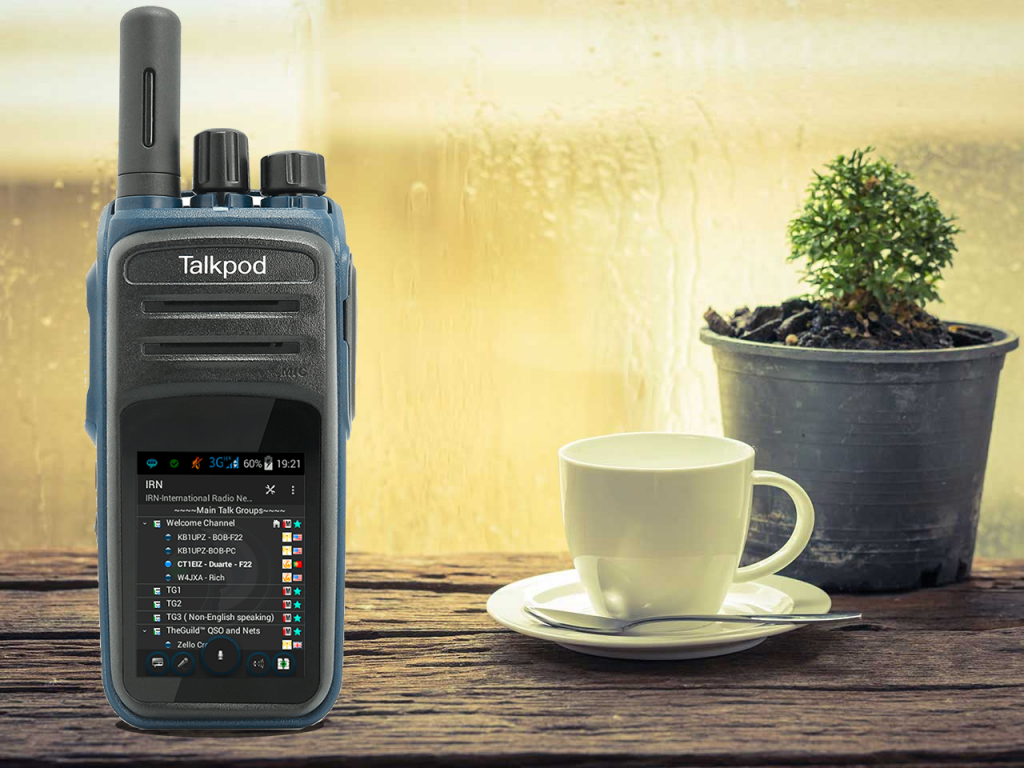
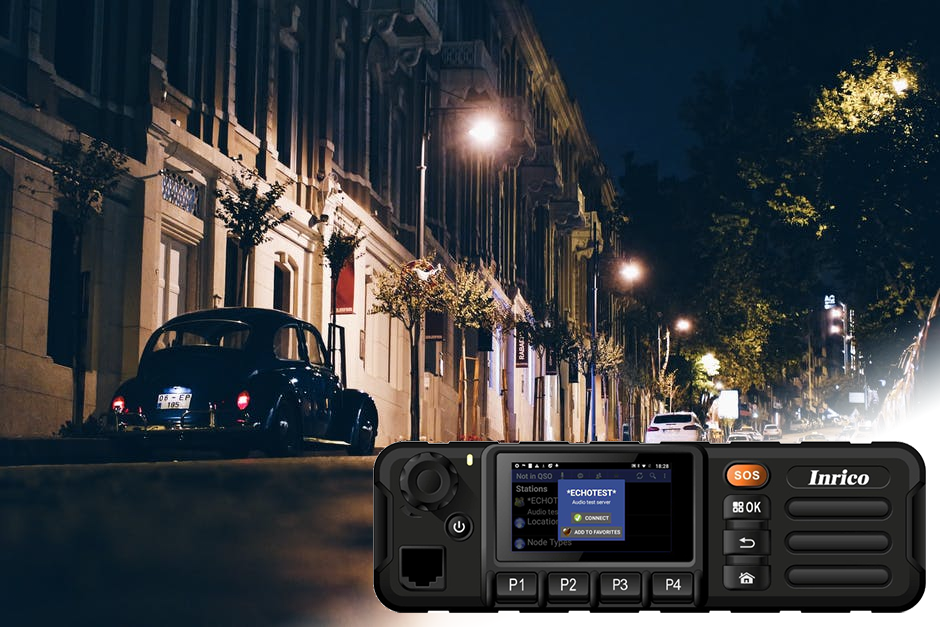
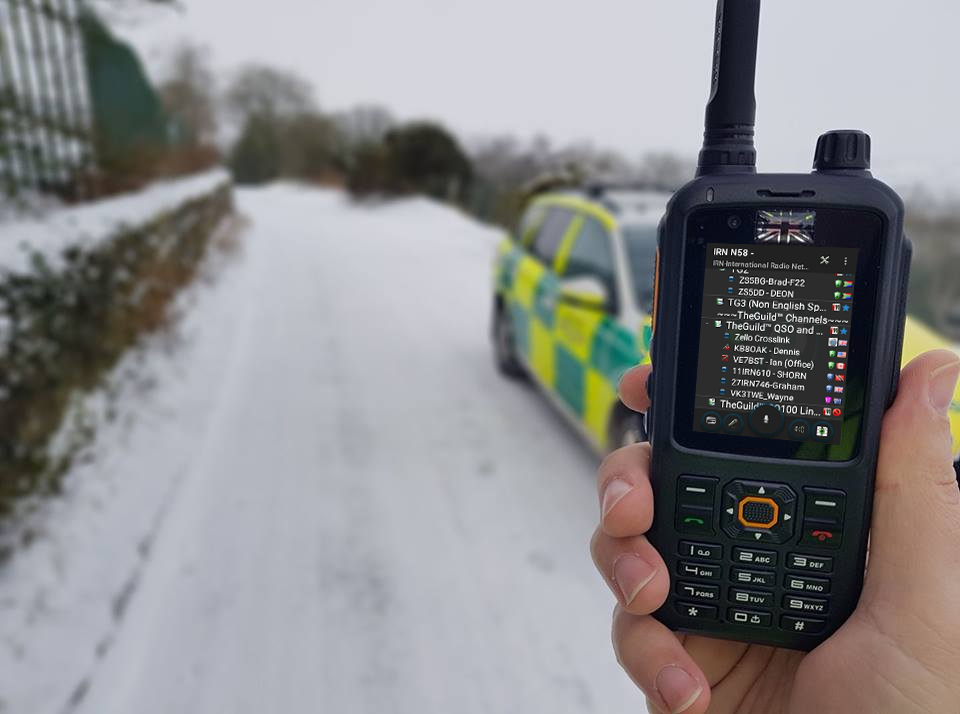
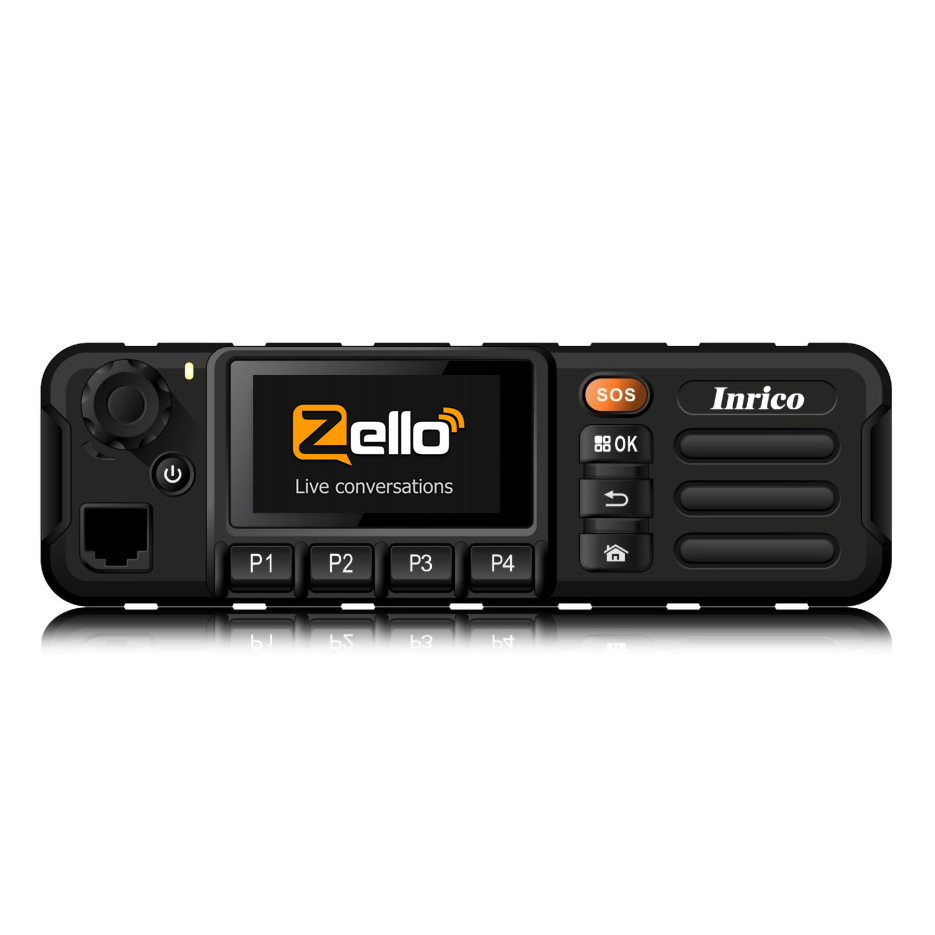
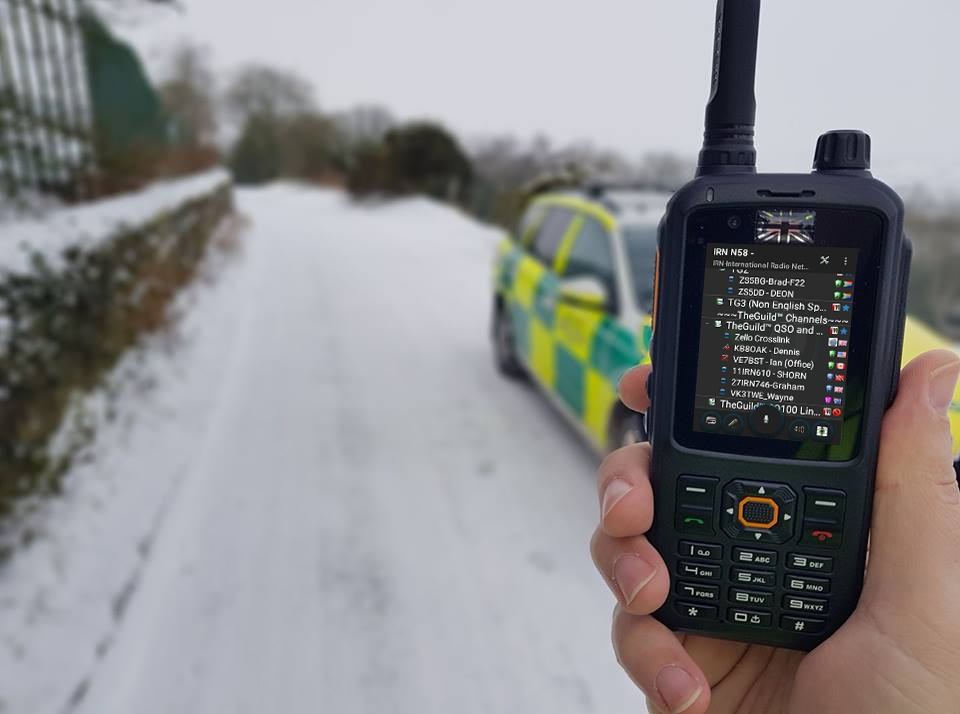
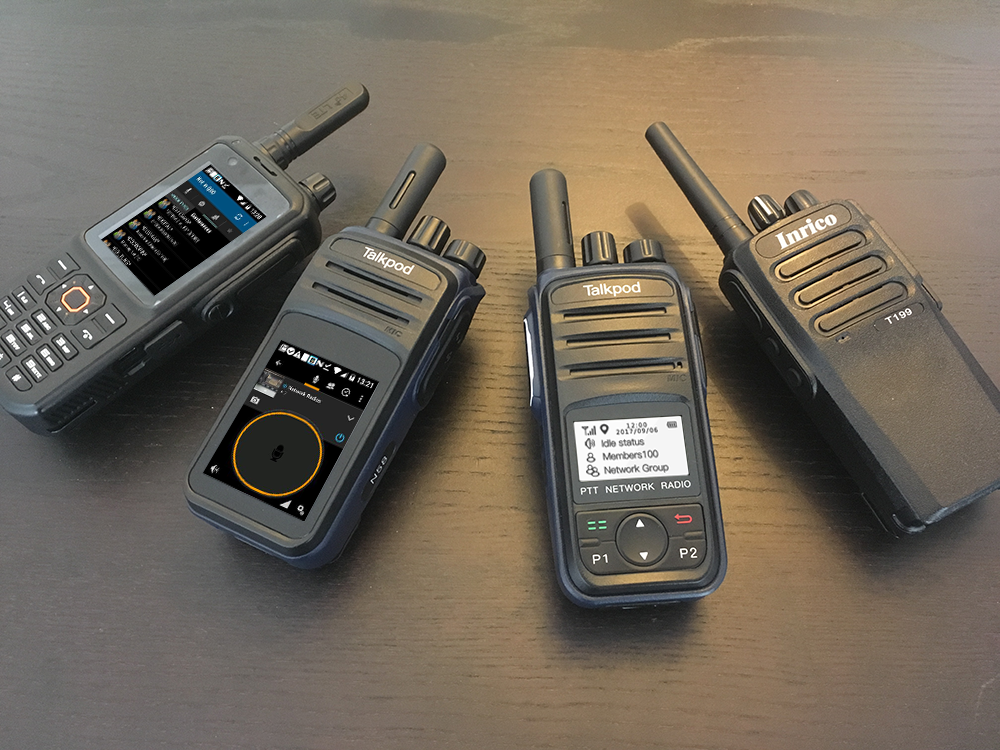
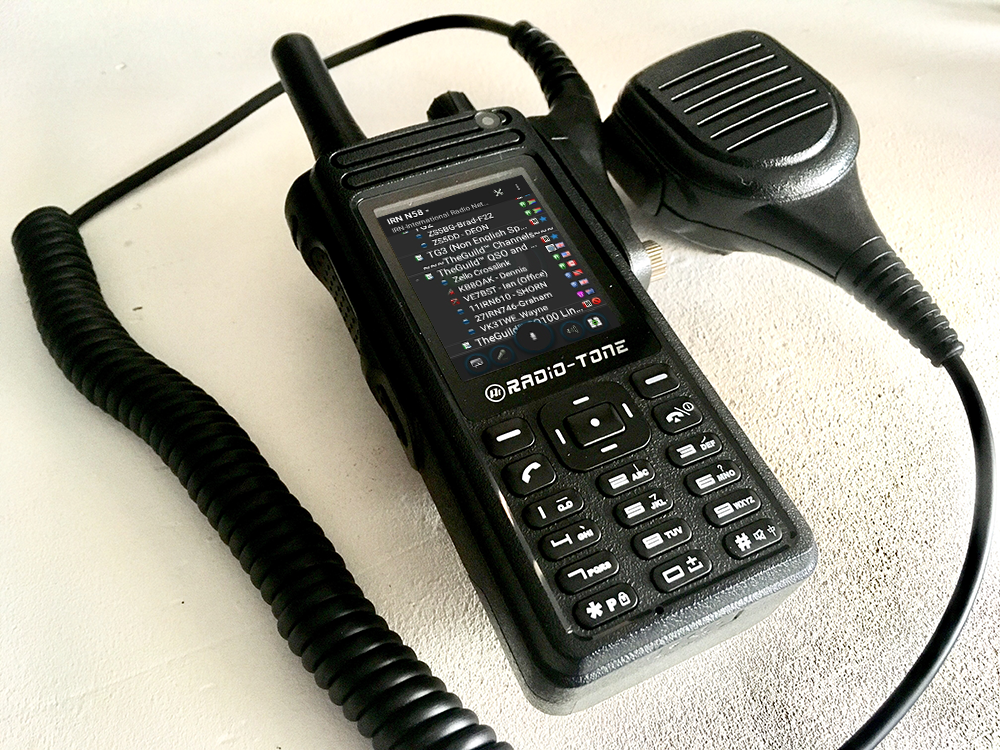

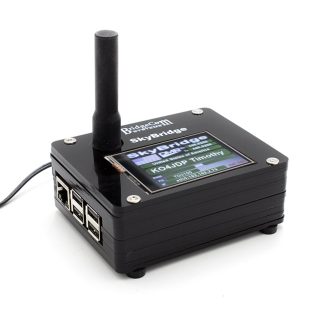
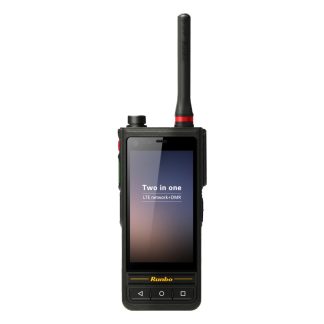
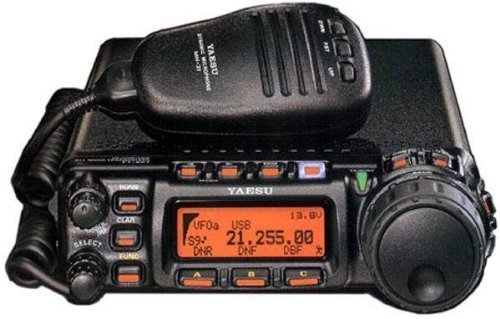

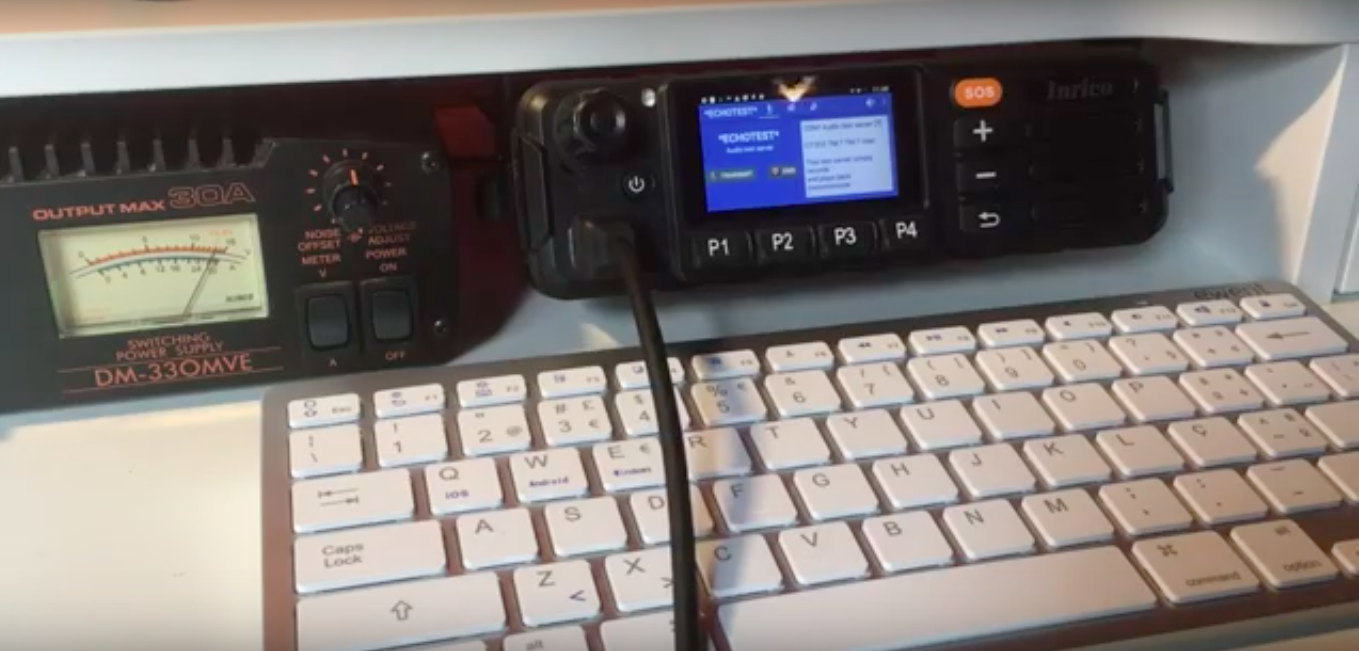
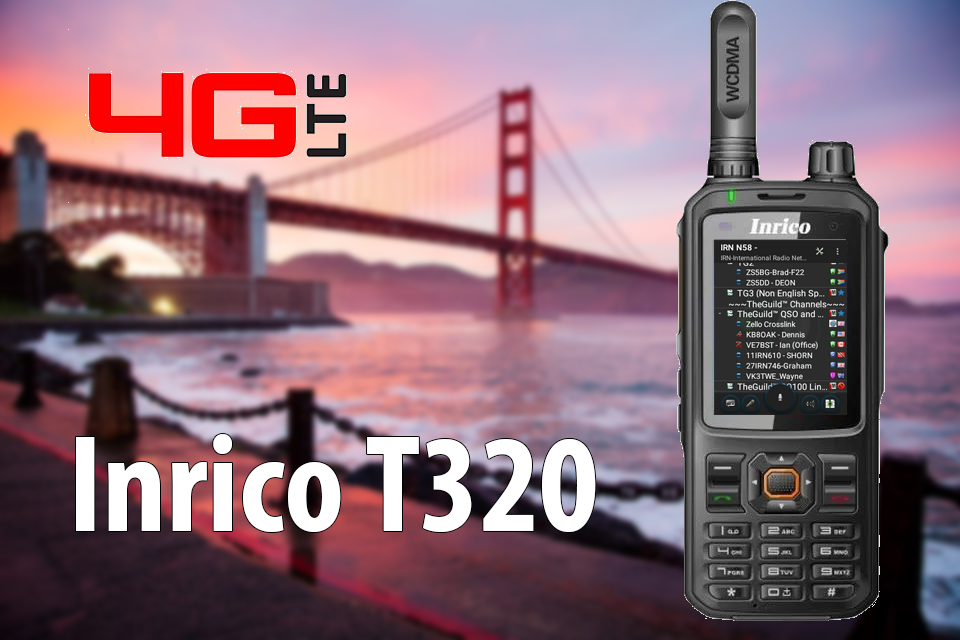

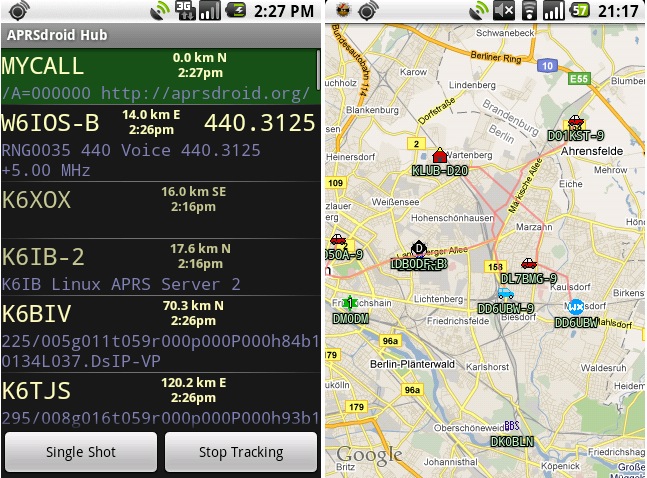

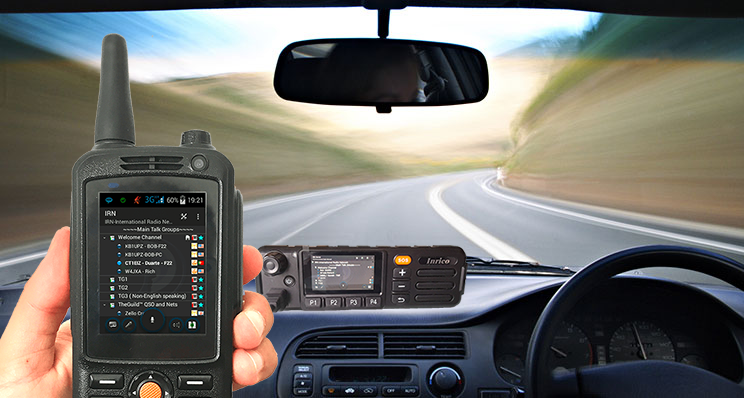
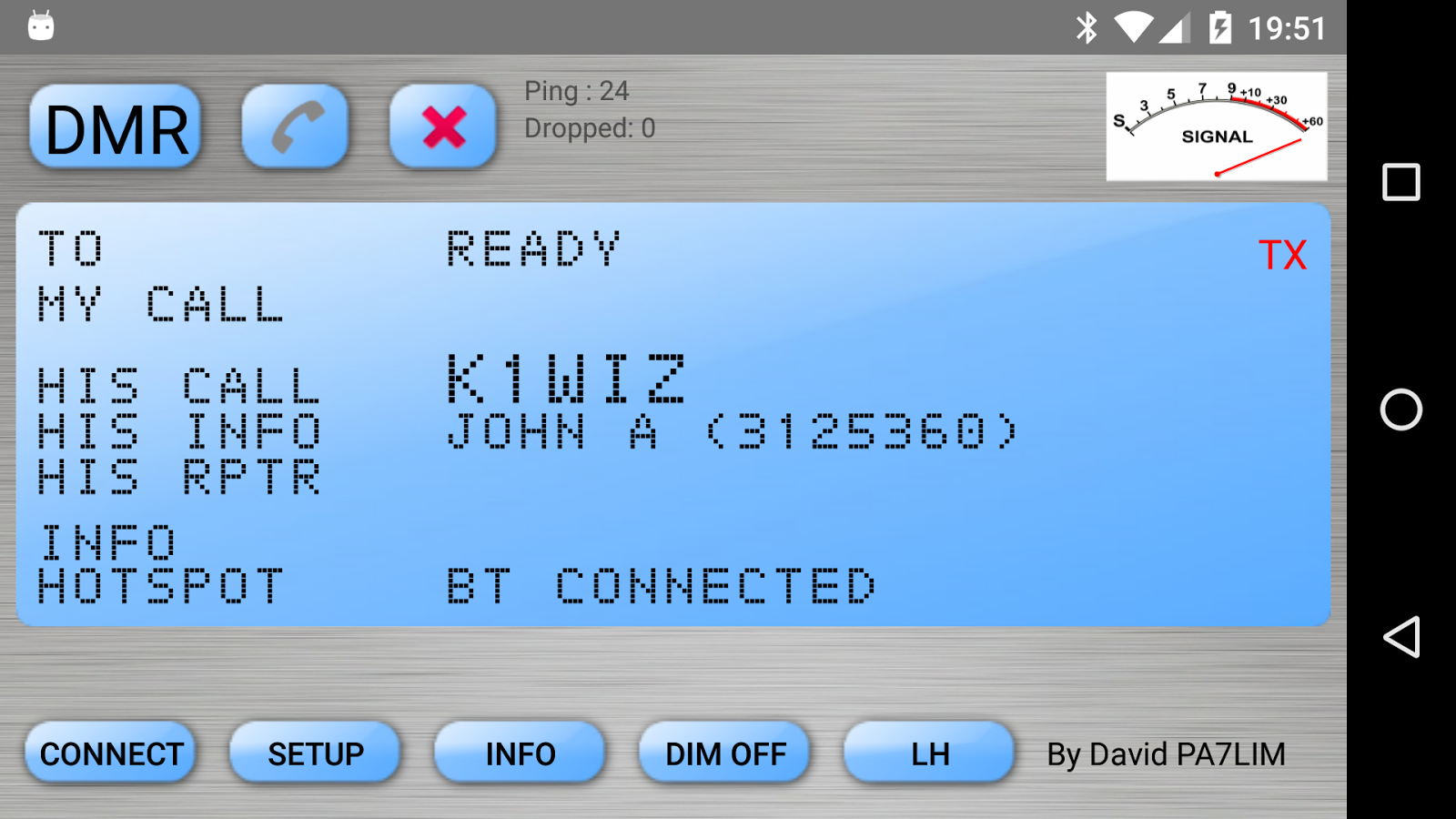
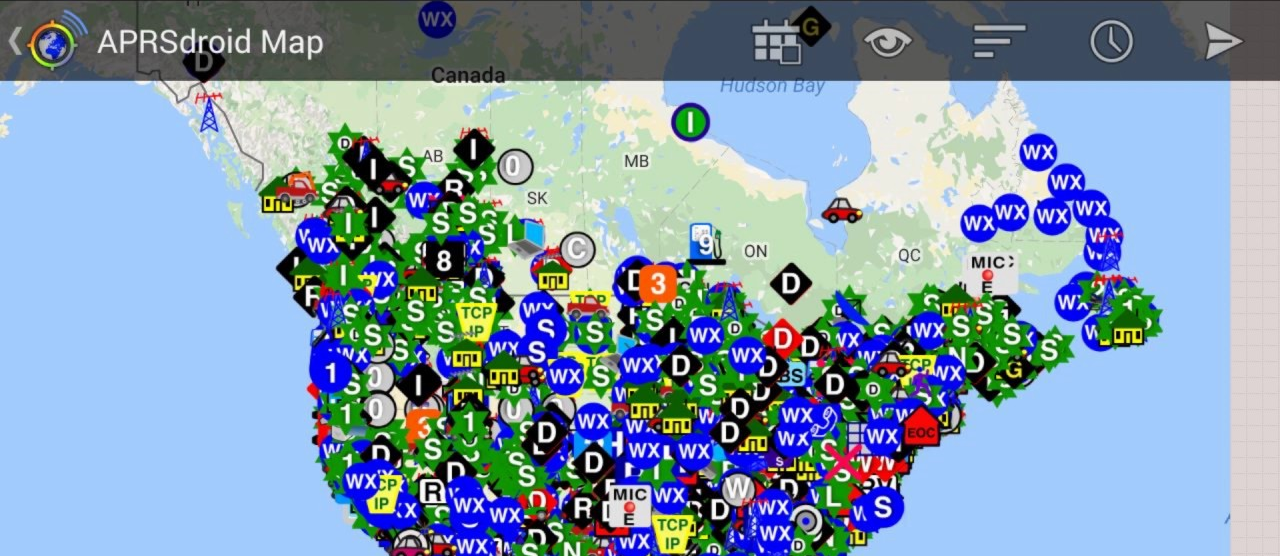
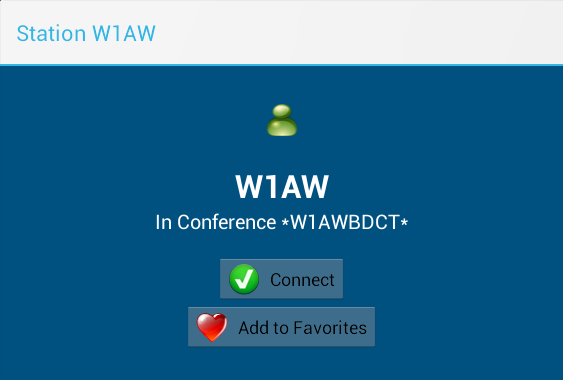
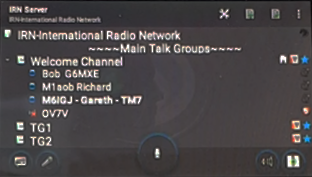
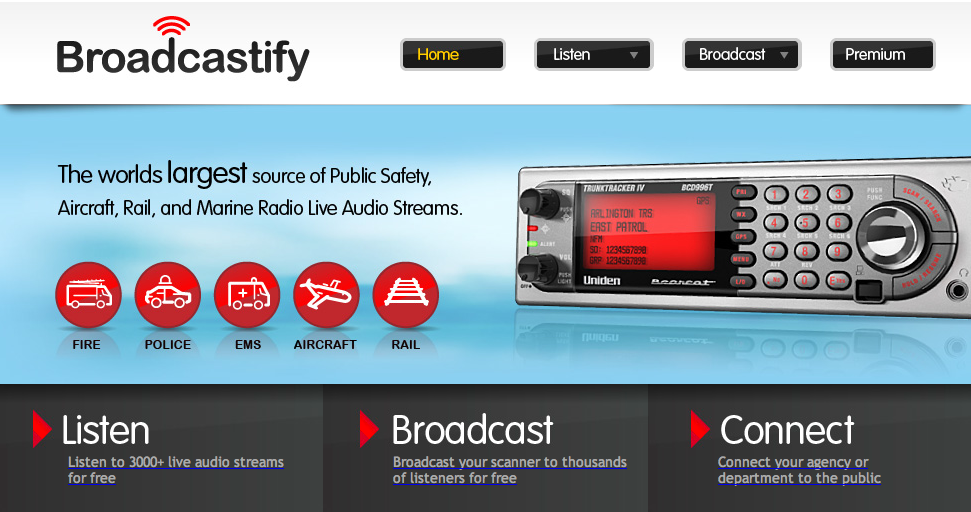
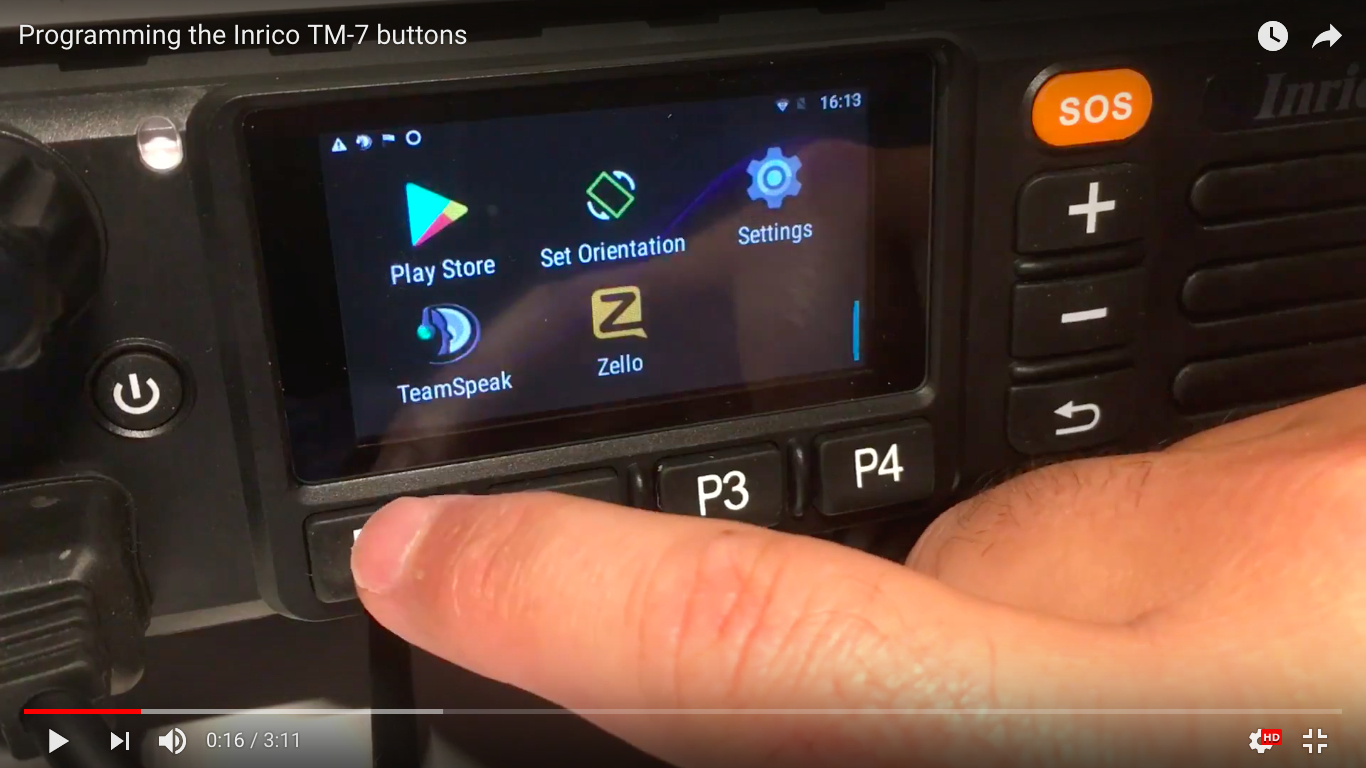






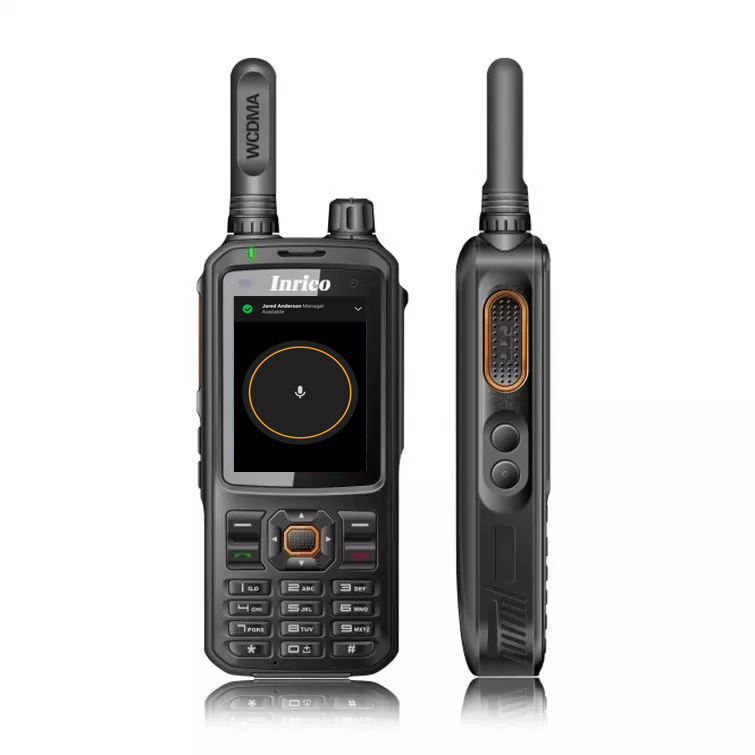
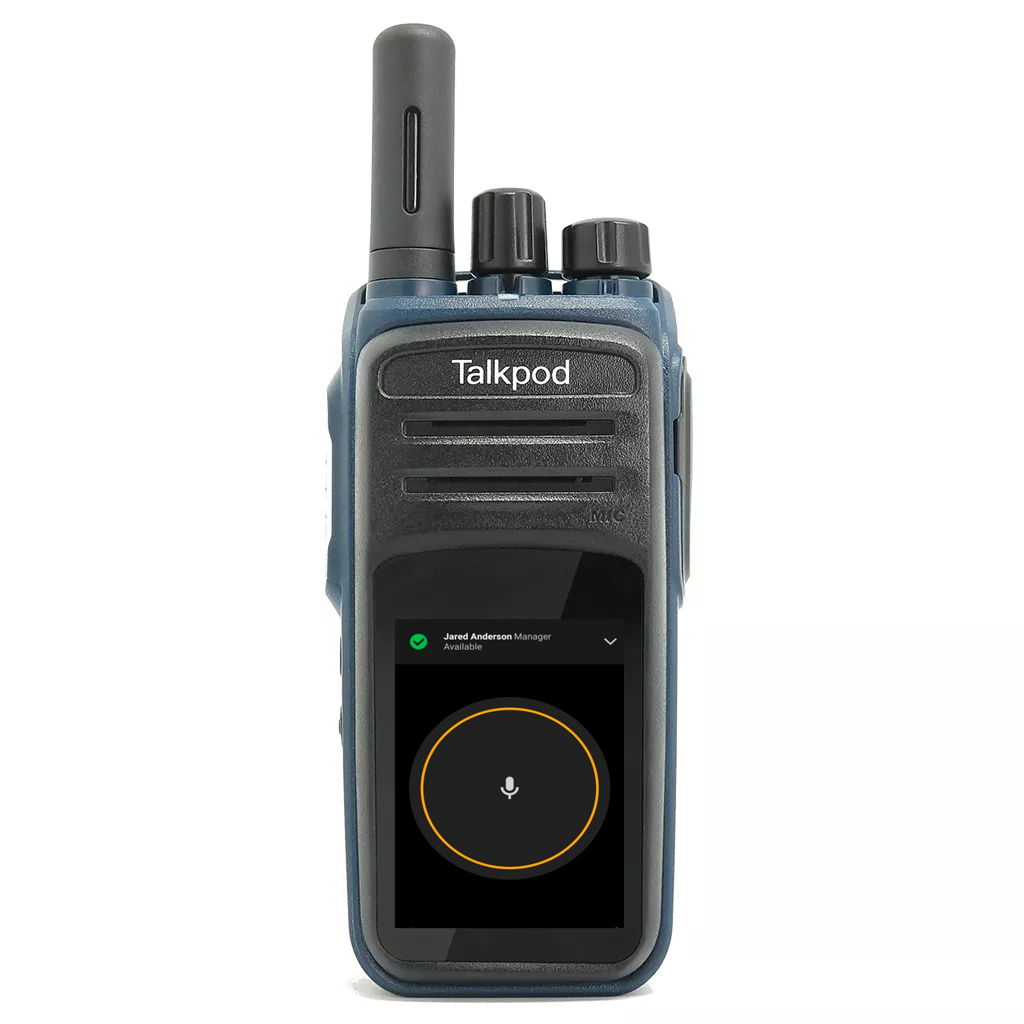
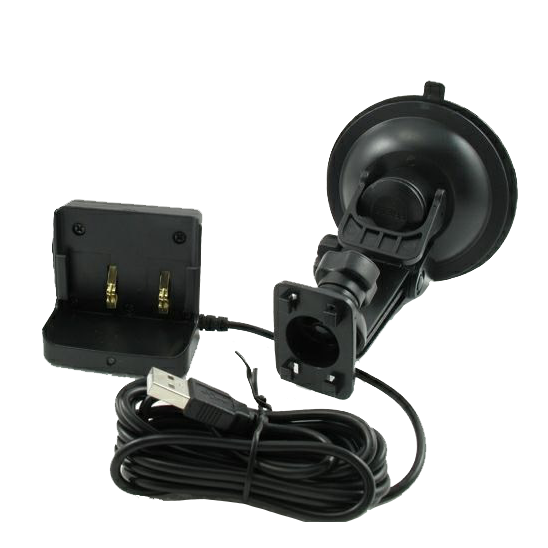
 Official RFinder shop
Official RFinder shop Official Inrico shop
Official Inrico shop Worldwide fast deliveries
Worldwide fast deliveries